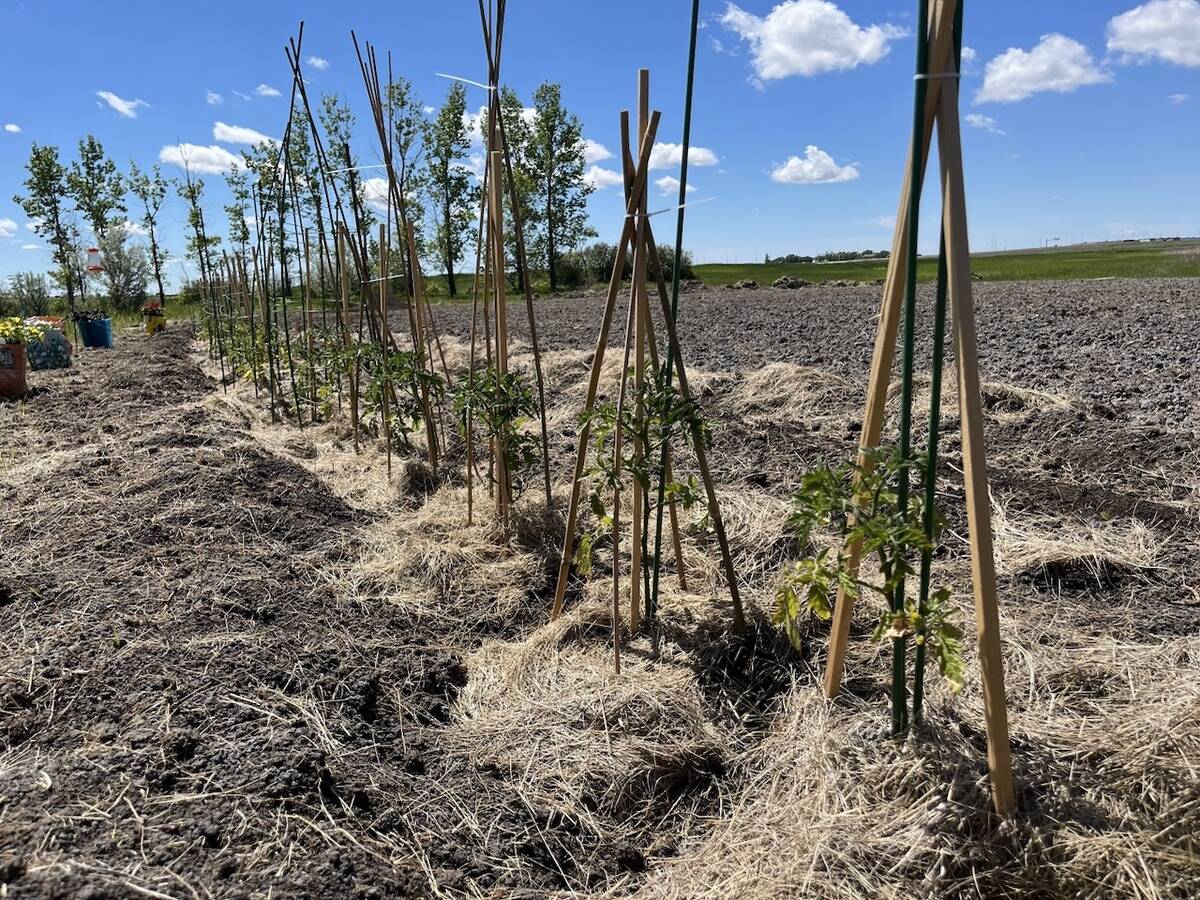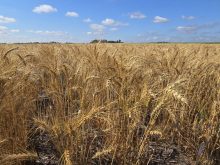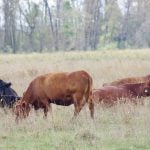Profitability and a strong feed market are boosting winter wheat acres in Manitoba.
Stephane Lapointe has been growing winter wheat for more than 20 years but the most recent harvest exceeded his expectations.
“2022 was pretty much a record yield for us,” said the Neepawa-area farmer in a Ducks Unlimited Canada media release. “(W)e were able to produce an average of 97 bushels per acre, with some zones pushing close to 120.”
Read Also

Seeding Indigenous agricultural prosperity
National Circle for Indigenous Agriculture and Food says Indigenous agricultural success needs strong relationships.
Those high yields and strong prices have contributed to an ongoing surge in winter wheat production in Manitoba. It was as low as 32,000 acres in 2020, and clawed its way back to approximately 77,400 acres that went into the ground last fall.
That’s small potatoes when stacked up against the more than three million acres of spring wheat planted in 2022 but it’s still solidly on the rise.
Why it matters: There are agronomic and management reasons to put winter wheat in the rotation and now there may be an economic one.
Producers find that new varieties are boosting their bottom line, said Alex Griffiths, winter wheat specialist at the Brandon office of Ducks Unlimited Canada.
“Winter wheat is the most profitable cereal crop for many farmers in our program,” he said. “In the past two years, half our growers have seen yields above 70 bu./ac. Prices have been strong and that has often made winter wheat their number one cash crop.”
With protein content sitting around 11 per cent, a little lower than the spring varieties, it can be milled into flour, but the principle market is for feed wheat.
“The feed wheat market right now is very, very high and has been for the last couple of years,” Griffiths said. “I think this is also contributing to the surge in production.”
Western Canadian breeding programs have developed varieties such as Wildfire, Vortex and Goldrush, and the new Coldfront, along with the old standard, Emerson.
More varieties bred for winter hardiness may improve the overall popularity of winter wheat among farmers and expand the acreage further if farmers see it as a good fit.
“One of the biggest barriers to expansion of acres is that, if people sow a crop that doesn’t make it through the winter, they’re probably not going to sow that crop again,” Griffith said. “That winter hardiness is probably the biggest thing people are breeding for, followed by yield, because obviously bushels are what pay the bills.”
Ducks Unlimited would like more winter wheat grown in some of the more productive wetland areas because it provides better spring habitat for waterfowl. If farmers can grow profitable winter wheat, various duck species will have better nesting space near those prairie potholes they love.
Population counts on ducks found they were more abundant in winter wheat fields and there’s a reason for that. Spring tillage and seeding operations can be intrusive and destructive to nesting ducks.
“You’re probably going to hit the nest as you’re seeding,” Griffiths said. “Whereas with winter wheat, you’ve got fertilizer and herbicide and fungicide applications but that’s all done with 50 to 120 foot booms so you pretty much leave the nest intact.”
Studies showed nesting success in spring crops was around 12 per cent but it was 34 to 36 per cent in winter wheat fields.
“As a result they were producing a ton more ducks,” Griffith said. “Mallards, lots of blue wing teals, shovelers, northern shovelers and the one that’s most important, the northern pintail. They prefer to nest on bare ground or stubble and if that stubble turns into a winter wheat field, then they have a pretty good chance of success.”
What’s good for the ducks can be good for farmers too. There are a few ways they can turn winter wheat to their benefit.
It’s well known that winter crops split the workload. Fall seeding leads to an early harvest the following year, just before the big August crunch. It also puts living roots in the ground during the shoulder season, keeping soil alive and in one place. In addition, a living crop in wet spring soil makes good use of excess moisture from the spring melt.
DUC is inviting southwest prairie pothole farmers to take advantage of an incentive program to grow winter wheat. They’re offering $20 an acre, up to $5,000, along with agronomic and marketing assistance to grow and sell the crop. This is to give returning ducks a leg up with productive habitat during their crucial nesting season.
“The idea is that you’ve got help on all aspects of the program,” Griffiths said. “Ducks Unlimited will help you with agronomics for seeding, Western Ag Solutions will be helping you with fertilizing a crop that’s growing during two different seasons and FarmLink will help you with the marketing side of things.”
Farmers who want to beef up their rotations can also seed an intercrop legume into winter wheat. Hairy vetch works well. It’s winter hardy and will fix some nitrogen during the next season. It can be harvested at the same time and, once separated, the seed may be sold as well.
“Clovers are another great one.” Griffith said. “I’ve worked with a couple producers who, after spraying their in-crop herbicide in the spring, would spread red clover to fix some nitrogen. It was something green and growing in those shoulder seasons of late fall and early spring and worked well for soil health benefits or late stubble grazing.”
Any southwest region farmers interested in this program can find out more at: ag.ducks.ca/program/winter-wheat-mb/ or contact Alex Griffiths at 204- 848-0514 or email at [email protected].















